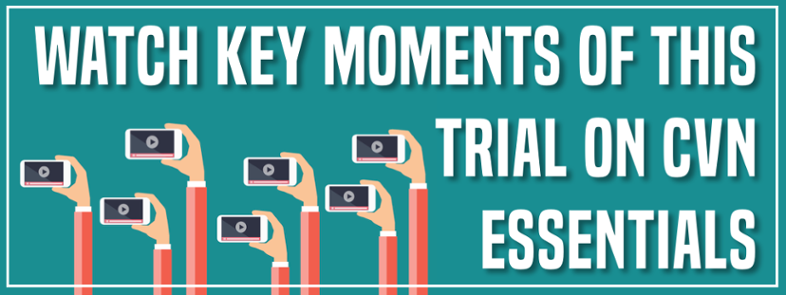Reading a deposition into evidence is often seen as the last, worst resort for a trial attorney. It means the witness isn’t available for the trial and a videotaped deposition isn’t possible. Attorneys often see the lack of the genuine witness as a weakness, and deliver a written deposition into evidence with all of the style of reading the side of a cereal box. However, when you put your unique control over the deposition’s presentation to work, you’ll keep your jury's attention focused on testimony that may make the difference in your case. To take advantage of the written deposition, and keep your jurors' interest, you must treat your deposition like the script of a courtroom play, using these four keys:
1) Never Deliver a Monologue
The quickest way to confuse your jury and have them start doodling on their notepads is to read both the questions and answers in the deposition yourself. Instead, read the questions yourself, just as if the actual witness is live on the stand, and designate a reader to take the stand and read the witness' answers. Breaking up the parts ensures that the jury is clear as to who is saying what, while the difference in speaking styles will keep the reading from being monotonous.
2) Cast Your “Witness” Well
Reading a deposition provides you a control that you never have when the witness is present. After all, you can ensure you have a reader that will speak clearly to a jury without fidgeting. You can't always do that with a sworn witness. Find the best possible reader to match both the speaker and subject of the testimony. Make sure your reader is the same gender and age, if possible, as the deposition witness, and select a reader that presents themselves the way you want the jury to see your witness. Use a different reader for every witness deposition. The way to keep the jury’s eyes on you and your reader, and in turn their ears on the deposition testimony, is to mirror the presentation of live witness testimony as closely as possible.
Finally, when you and your opposing counsel each want to read different parts of the same deposition into evidence, select a mutually agreeable person to read both parts. It’ll save the jury from confusion and ultimately benefit both parties.
3) Rehearse, Rehearse, Rehearse
When you know you’re reading testimony into the record, it’s tempting to simply blow through the transcript a couple of times and declare yourself prepared. Don’t give into that temptation. Even professional actors can’t give a compelling cold reading of pages and pages of dialogue. Rehearse with your reader so the questions and answers flow as smoothly as possible, with natural changes in inflection and tone. This is particularly important in cases that involve medical terminology or other confusing jargon that your reader might stumble over. Ideally, your readers should deliver the testimony as naturally as if it was coming straight from their minds.
4) Don’t Produce a Melodrama
While you should aim to to present your reading as closely as possible to live witness testimony, don’t take things too far. Read it, and read it well, but don't act it. Overly dramatic deliveries and theatrics will lead to eye rolls from the jury and likely annoy your judge.
While a courtroom isn’t Broadway, reading a deposition into evidence shouldn't sound like reading a phone book. If you take advantage of a written deposition's unique benefits, you can help ensure your jury won't miss a potentially key element of your case.
Interested in trial strategy and tactics? Visit our Video Training Library for trial tips and advice, bolstered by real-world courtroom video clips and in-depth analysis. Improve Your Trial Technique Today.





